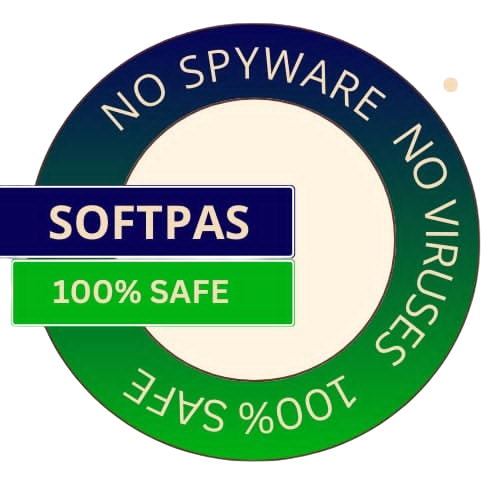
Get the best deals on your favorite games
Puppet is a handy tool that helps you manage every important part of your system from one central spot. It uses a special language that works across different platforms, meaning you can handle users, cron jobs, hosts, and other elements without juggling multiple files. This makes it super easy to keep everything organized!
Puppet's language is pretty straightforward! It allows you to define your system settings in a clear way. You can easily see the common features between different hosts while still being able to customize them as needed. Plus, it manages the relationships between various objects like packages and services really well.
Think of Puppet as your go-to configuration tool. The Puppet project comes with a library to manage your system, a specific language for defining what you want done, and clients and servers that communicate all this info back and forth.
The library does all the work behind the scenes, while the language focuses on how you express your configuration choices. Everything runs centrally on one server (or a group of servers), while each client handles its own tasks based on what the server tells it.
Most setups with Puppet resemble a star shape: there's one main server running puppetmasterd, and several client nodes running puppetd, which reach out to that central server.
You need to keep your main manifest file—where all your node configurations live—on the central server at /etc/puppet/manifests/site.pp. To get things rolling, start the puppetmasterd daemon, then tell clients where to find it by using -s <servername>.
It's smart to run both server and client in verbose mode with the -v flag. When new clients connect, use puppetca --list to see certificates waiting for approval. Then sign them using puppetca --sign <name>.
You can install Puppet by running 'ruby install.rb' or adding the 'lib/' directory to your RUBYLIB path. After that, check out test/ directory and run ./test or just use 'bin/puppet' for any config files you want!
If you're looking for more detailed instructions or want to download Puppet, check out this link: Puppet Download Page.
Go to the Softpas website, press the 'Downloads' button, and pick the app you want to download and install—easy and fast!

SoftPas is your platform for the latest software and technology news, reviews, and guides. Stay up to date with cutting-edge trends in tech and software development.
Subscribe to newsletter
© Copyright 2024, SoftPas, All Rights Reserved.